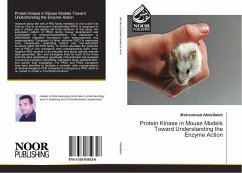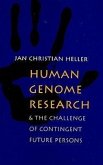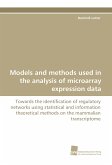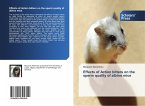research about the role of PKD family members in vivo is still in its infancy. Due to its structural characteristics PKD3 is supposed to play a unique role among the three isoforms. In this study, the expression pattern of PKD3 during mouse development was investigated by immunohistochemistry. The expression is differentially regulated throughout early embryogenesis and organogenesis. Compared to other isoforms PKD3 is expressed more ubiquitously, implicating distinct and non-redundant functions within the PKD family. To further elucidate the potential role of PKD in vivo, transgenic mice overexpressing domi- nant-negative PKD mutants in an inducible and tissue specific manner were generated. Sev- eral transgenic lines for each of the three isoforms were established, genetically characterized and analyzed concerning transgene inducibility, expression level, biodistribution, and subcel- lular localization. For PKD1 and PKD2 transgenic lines were identified to facilitate a consider- able overexpression of dominantnegative PKD compared to endogenous PKD, which is re- quired to create a "functional knockout"








